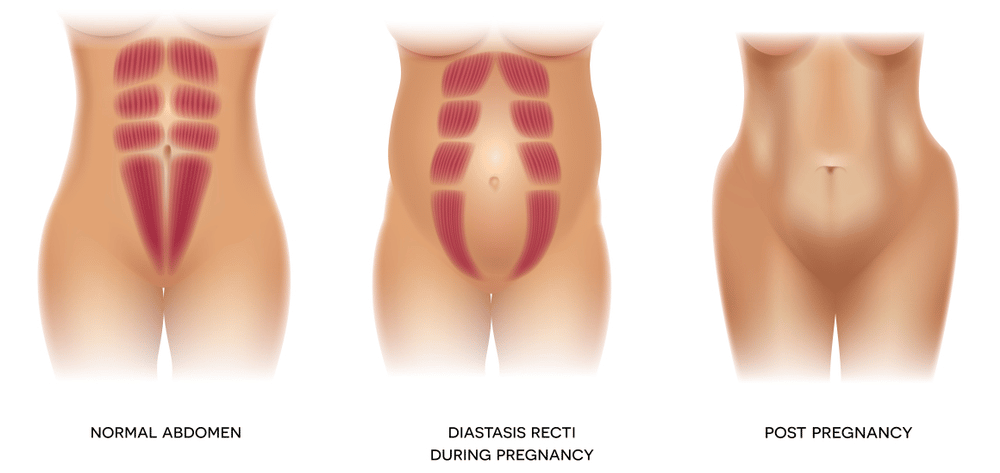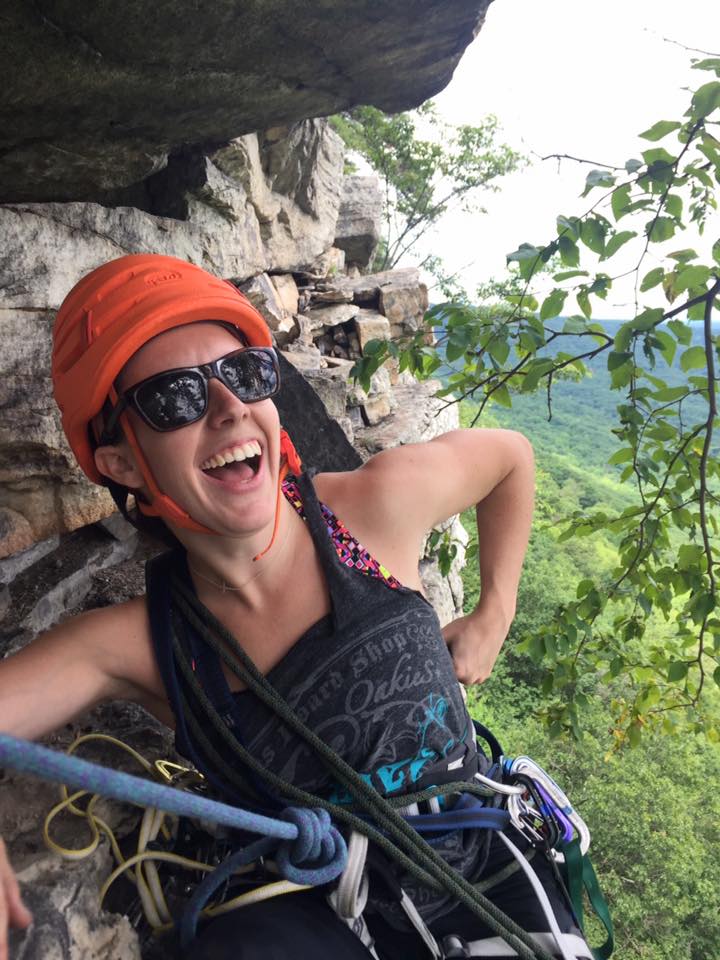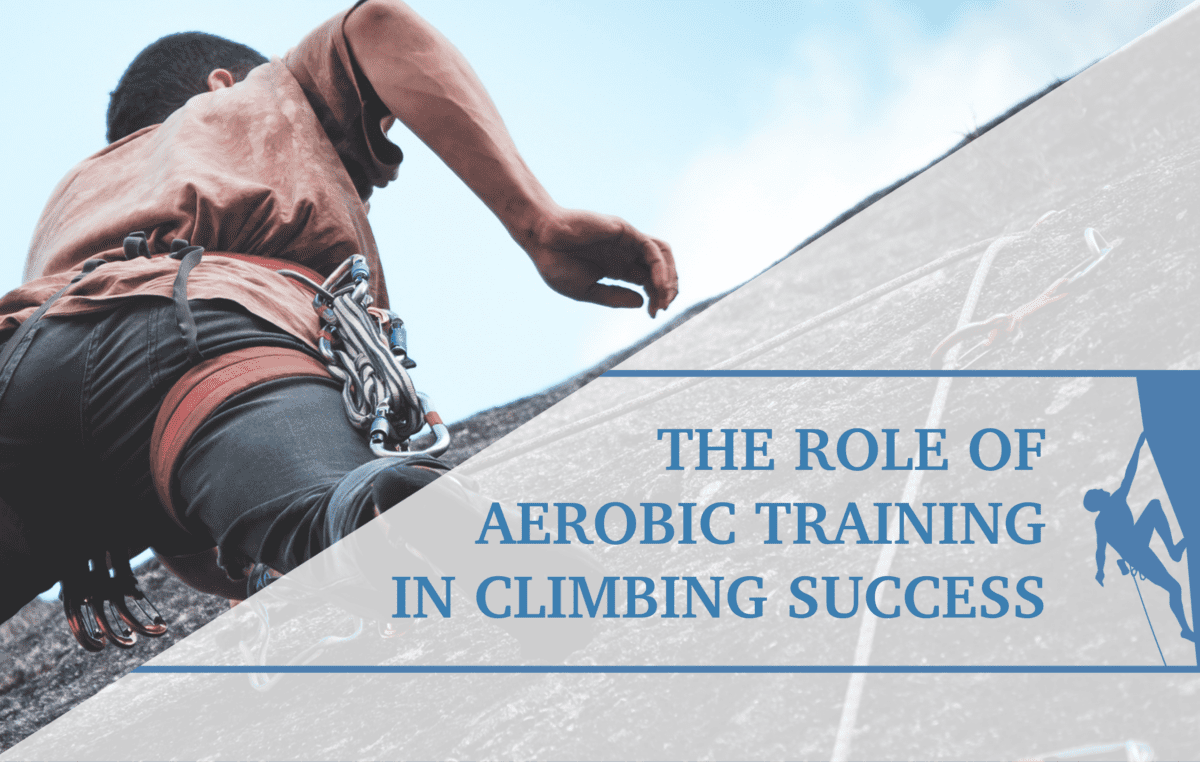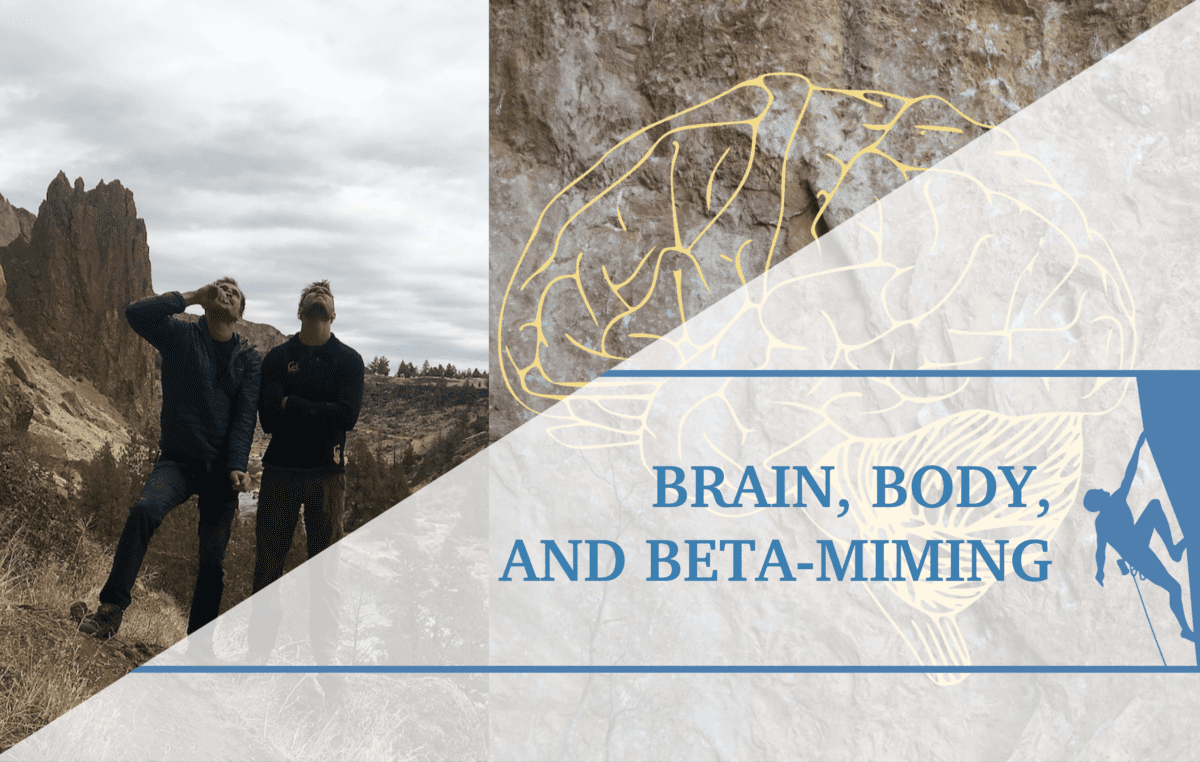Climbing for Two – Rock Climbing While Pregnant
Expecting a bundle of joy? No, I’m not talking about a package from Moosejaw. Rock climbing while pregnant and postpartum is a whole new adventure, with morning sickness, swollen feet, and a growing belly that won’t quite fit in your harness. Rock climbing for two sounds daunting, leaving expecting mothers unsure of how to tackle their projects while also growing a healthy baby.
The U.S. Department of Health and Human Services (HHS) Physical Activity Guidelines for Americans recommend at least 150 minutes of moderate intensity exercise weekly during pregnancy. HHS recommends that pregnant people participate in both aerobic and strength training; climbing is a perfect combination of both. Old school advice tells people not to let their heart rate rise above 140 and prescribes bed rest to people with uncomplicated pregnancies. Medical research now tells us that not only is it safe to exercise during pregnancy it has numerous benefits for both mom and baby.
The benefits of exercise during pregnancy are listed in the chart below. They include physical and emotional benefits for both mom and baby. Exercising while pregnant decreases the likelihood of developing gestational-related disorders including, diabetes and hypertension. It can also result in a more comfortable pregnancy by combating excessive weight gain and reducing body aches, especially low back pain. Exercising while pregnant also benefits baby, decreases chances of preterm birth and low birth weight, and macrosomia or excessive birth weight. Exercising postpartum has also been shown to play an essential role in preventing depressive disorders.
Benefits of Exercise During Pregnancy
Scroll right and left to view the full table or use landscape mode.
| Lower rates of: | Higher rates of: |
|---|---|
| Gestational Diabetes Mellitus | Vaginal delivery |
| Gestational Hypertension Disorders | Appropriate gestational weight gain |
| Preterm birth | Better sleep |
| Cesarean delivery | Muscle tone |
| Low birth weight | |
| Macrosomia- excess birth weight | |
| Body aches including low back and sciatic pain | |
| Postpartum depression |
Changes in Your Body
Your body goes through many changes throughout pregnancy, some not so visible to the outside eye. During pregnancy, your body’s ability to utilize oxygen decreases. This means that you will find yourself huffing and puffing earlier than expected on the approach to the crag. Speaking of the approach, one scientific study found that pregnant people living at sea level can tolerate physical activity up to 6,000 feet, meaning pregnancy is not the best time to be ticking off alpine climbs. Pregnant people traveling to high altitudes may experience nausea and light headedness. However, pregnant people already living above 6,000 feet can exercise safely at their higher altitudes. There is less oxygen in the air at higher altitudes, so your lungs work harder and your heart beats faster to spread oxygenated blood throughout your body.
If you do have a planned trip to a higher elevation there are several steps you can take to help your pregnant body best accommodate. Increase your water and sport drink consumption to 100-170, or an extra Nalgene, ounces for the first few days at the higher elevation. Also, when training at a higher elevation eat more complex carbohydrates, think whole grains and veggies, by 5-6 grams per pound of body weight. You can also consider increasing your iron level, and in turn your body’s ability to utilize oxygen, several weeks before your alpine trip by eating leafy greens, red meat and beans. It can take two full weeks for your body to acclimate to a higher elevation, so be gentle with yourself and do not expect peak performance. If you have a long trip planned consider gradually increasing your training load and intensity. Begin with 50% of your normal climbing routine and increase by 25% each week.
Your body’s ability to regulate heat is also affected during pregnancy. Pregnant people should stay well hydrated and fed. Pregnant people should drink 64-96 ounces of water a day and an additional 340 calories beginning in the second trimester, and even more when exercising. When climbing outdoors avoid high heat and humidity especially during the first trimester. Dress in moisture-wicking layers so you can easily shed to accommodate changing temperatures.
Do’s and Don’ts of Pregnant Climbing
Scroll right and left to view the full table or use landscape mode.
| Do | Don’t |
|---|---|
| Embrace the slab | Belay any climber who might whip |
| Invest in a full body harness | Climb routes with super thin holds and finger pockets |
| Switch to top rope | Put too much pressure on yourself to send! |
| Listen to your body | |
| Talk to doctor | |
| Stay hydrated and cool |
Once the second trimester hits there are certain positions you want to avoid, including laying flat on your back for longer than 60 seconds. This puts the entire weight of the uterus and growing baby on your back and vena cava, the large vein that carries blood back to your heart. If this position causes you to feel dizzy, lightheaded or nauseous avoid overhung climbs and embracing low angle slab.
Also during the second trimester, climbing mothers-to-be should invest in a full body harness. Unlike a traditional harness that lays across your pelvis, a pregnancy harness consists of leg loops, back support and a chest strap to which you tie-in. This harness takes pressure off your pelvis while still allowing for a safe belay. Many climbing gyms rent pregnancy harnesses. If your local gym doesn’t consider asking if they would be willing to add a pregnancy harness to their gear rental inventory.
Speaking of a safe belay, most climbers switch to top rope or climbs that they feel confident that they won’t fall on. The most obvious change during pregnancy is a growing belly. Climbing for two shifts your center of balance forward. The forward weight shift also increases your lumbar lordosis, or natural curve of your back and hips. An increased lordosis puts added pressure on your back. Be mindful of your posture, avoiding an anterior pelvic tilt or sticking your butt out.
During pregnancy, your body releases numerous hormones to prepare your body to grow and deliver a baby. One result of these hormonal changes is increased joint laxity. While laxity in the pelvis is helpful when delivering a baby, laxity in your fingers and arms isn’t so helpful on tweaky climbs. Avoid moves that place you at the end of your range of motion, such as mantling with your palm turned out, and drop knees.
40 Week Guide to Pregnant Climbing
Scroll right and left to view the full table or use landscape mode.
| Week | Feeling |
|---|---|
| Week 04 | Fatigue and nausea may affect your climbing. |
| Week 10 | As your uterus continues to grow it now reaches the top of your pelvis. You have probably only gained a few pounds during this stage of pregnancy. Switch to top rope or boulder problems that you can downclimb. The sheer force from a fall, especially on your back, can disrupt the placenta and hurt your growing baby. |
| Week 12 | As you reach the second trimester your morning sickness and fatigue should begin to fade, allowing you to return to training |
| Week 16 | Your increased blood volume causes your heart to beat faster. Your uterus moves up to the level of your belly button. Opt for a full body harness to take pressure off your pelvis. Avoid campusing, or climbing without feet on the wall, and overhung climbs to avoiding abdominal doming and increased intraabdominal pressure. |
| Week 20 | Your growing belly will make high stepping more difficult and push you farther away from the wall. Your changing center of gravity will make balancing more difficult. Switch to slabbier climbs to allow you to concentrate on footwork. |
| Week 22 | Swelling feet may lead you to switch climbing shoes. Think non-aggressive sized up shoes, like you probably wore when you first started climbing. If you don’t want to buy new shoes for your swollen feet consider renting from the climbing gym |
| Week 30 | Back pain, body aches and pelvic pain are common and can be combated by continuing low impact exercising like climbing and yoga |
| Week 32 | Listen to your body and continue climbing only if it feels good to you. Maintaining your core strength will help you during birth but avoid any exercises that cause abdominal doming, like sit-ups or knees to bar. |
Think of your trunk as a mechanical unit,: if something changes in the front, changes will happen in the back and sides as well. Medical research has found that if a disorder exists on one side of your trunk (back pain, urinary incontinence, respiratory problems, or GI issues) it is likely that another condition will arise on another side. With so much changing in your belly during pregnancy, it is important for pregnant climbers to protect their core. Kegal exercises, strengthening the pelvic floor, will assist you during labor as well as help to ward off low back pain and incontinence. Abdominal doming or your stomach forming a cone shape is also important to avoid. This can be a sign of diastasis recti, or abdominal muscle separation, and an indication that your core muscles cannot support the exercise you’re doing. Make sure that you are not holding your breath during any exercises, try to breath out during the concentric phase (pulling up, lowing in a squat, or the more difficult part of an exercise) and breath in during the eccentric phase (lowering down from a pull-up or standing up from a squat.


Just like every climber is different, every pregnancy is unique as well so be sure to have an open and honest discussion with your OBGYN regarding your plans to climb throughout pregnancy. There are a few rare conditions that make it unsafe to exercise during pregnancy, like incompetent cervix, placenta previa, uncontrolled diabetes or hypertension. Listen to your body and climb only to your comfort level. Be kind to yourself and don’t be too disappointed if you can’t flash your project while growing a tiny future sender. The following chart includes absolute signs to stop climbing and consult your medical provider.
Signs to Stop Exercise While Pregnant
- Vaginal bleeding
- Abdominal pain
- Regular painful contractions
- Amniotic fluid leakage
- Breathlessness before beginning exercise
- Dizziness
- Headache
- Chest pain
- Calf pain or swelling
- Loss of balance
About the Author
Dr. Emily Whitby, PT, DPT earned her doctorate in physical therapy from Army-Baylor University. When she is not busy treating soldiers at Fort Sam Houston, Texas you’ll find her putting up new trad lines on the beautiful pink granite of Texas hill country.

- Disclaimer – The content here is designed for information & education purposes only and the content is not intended for medical advice.





Great information the video really helped
Emily! Will you write a book about it! Great article and so excited to learn more!